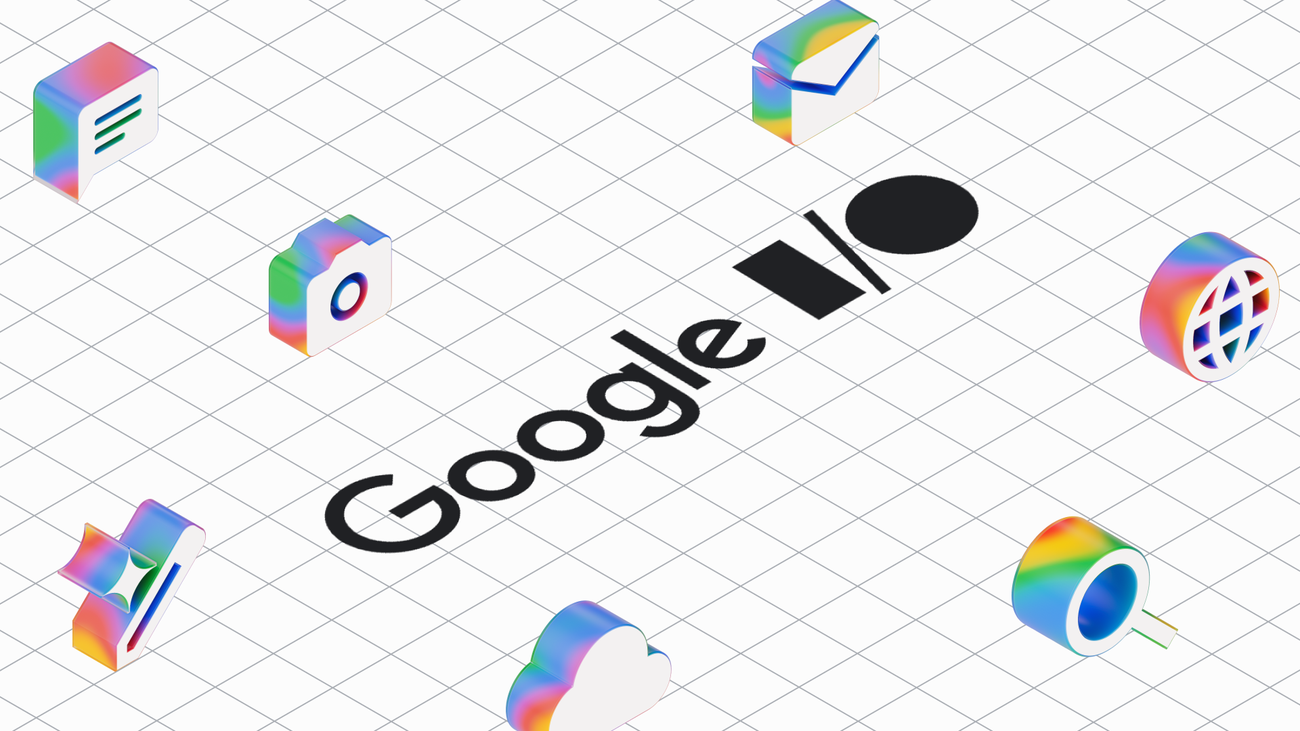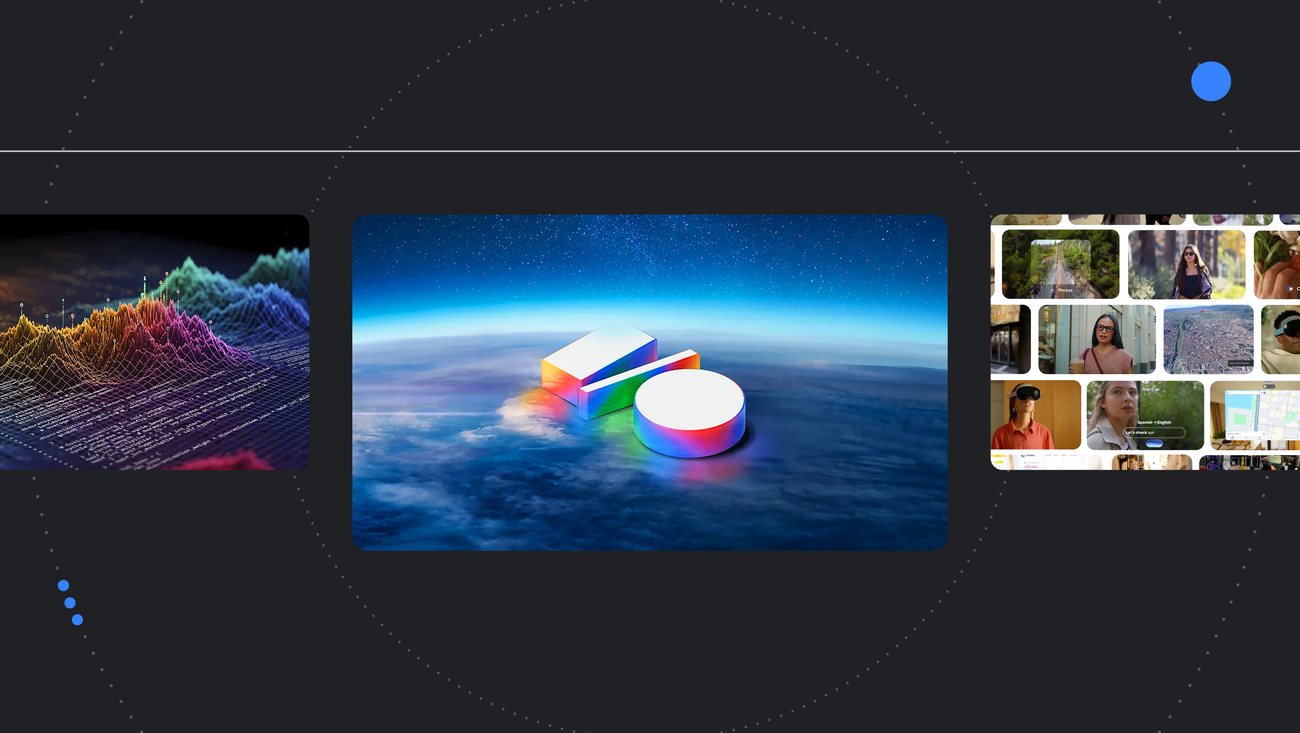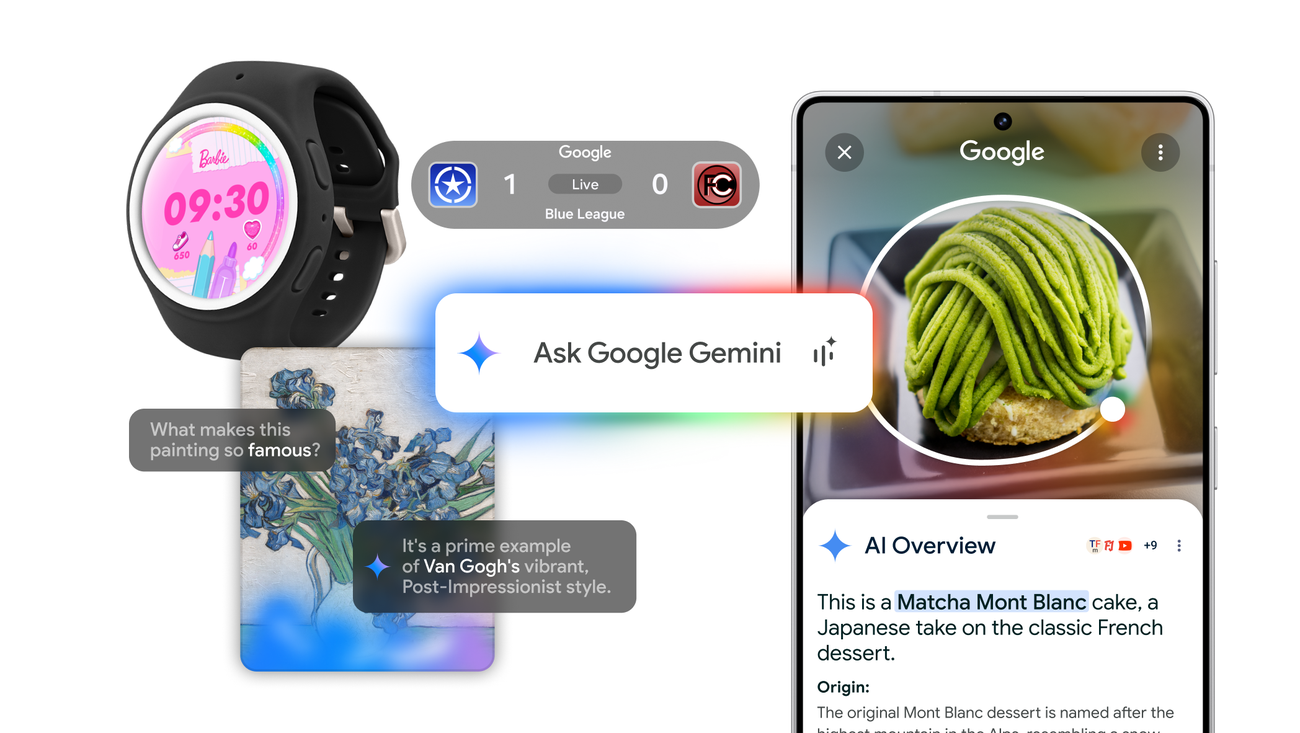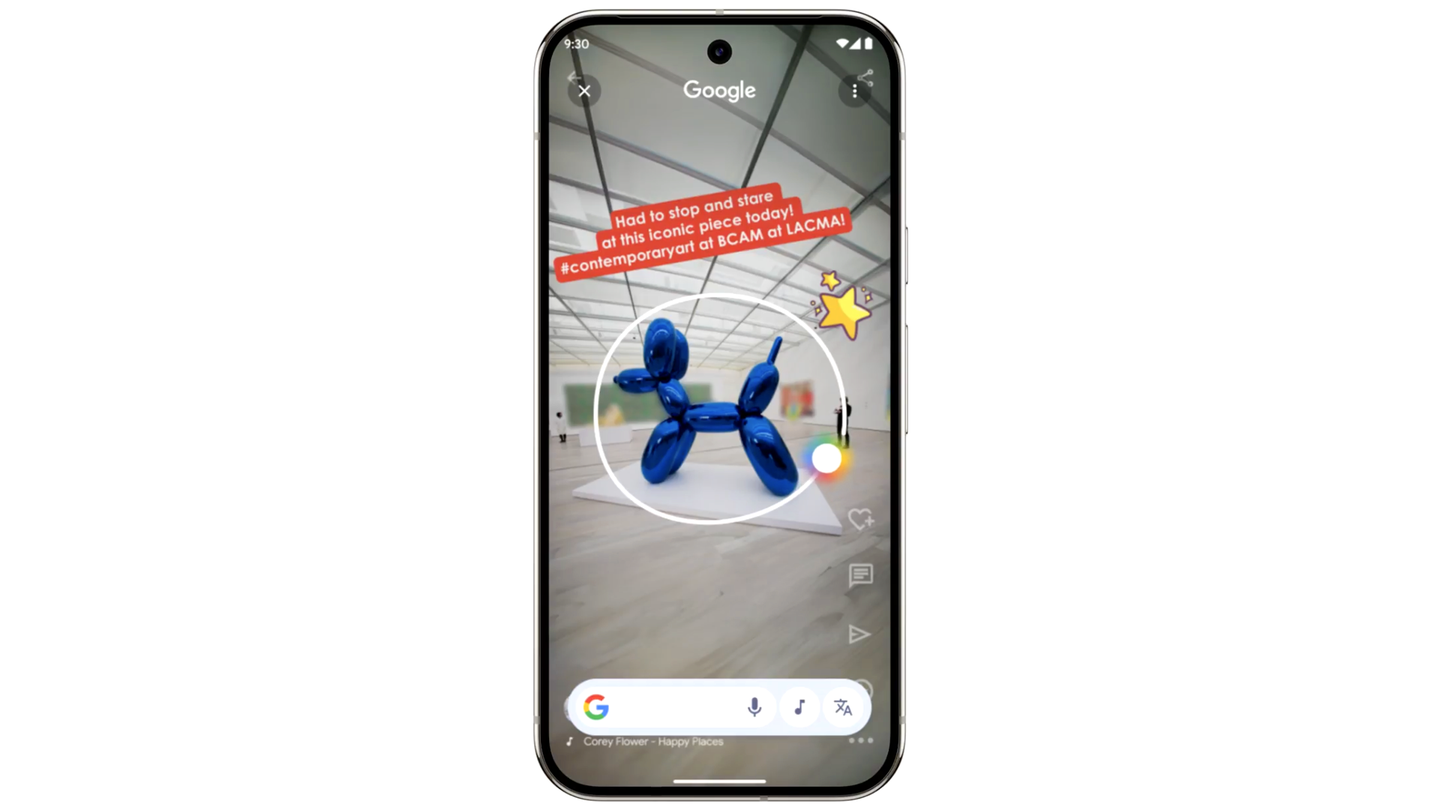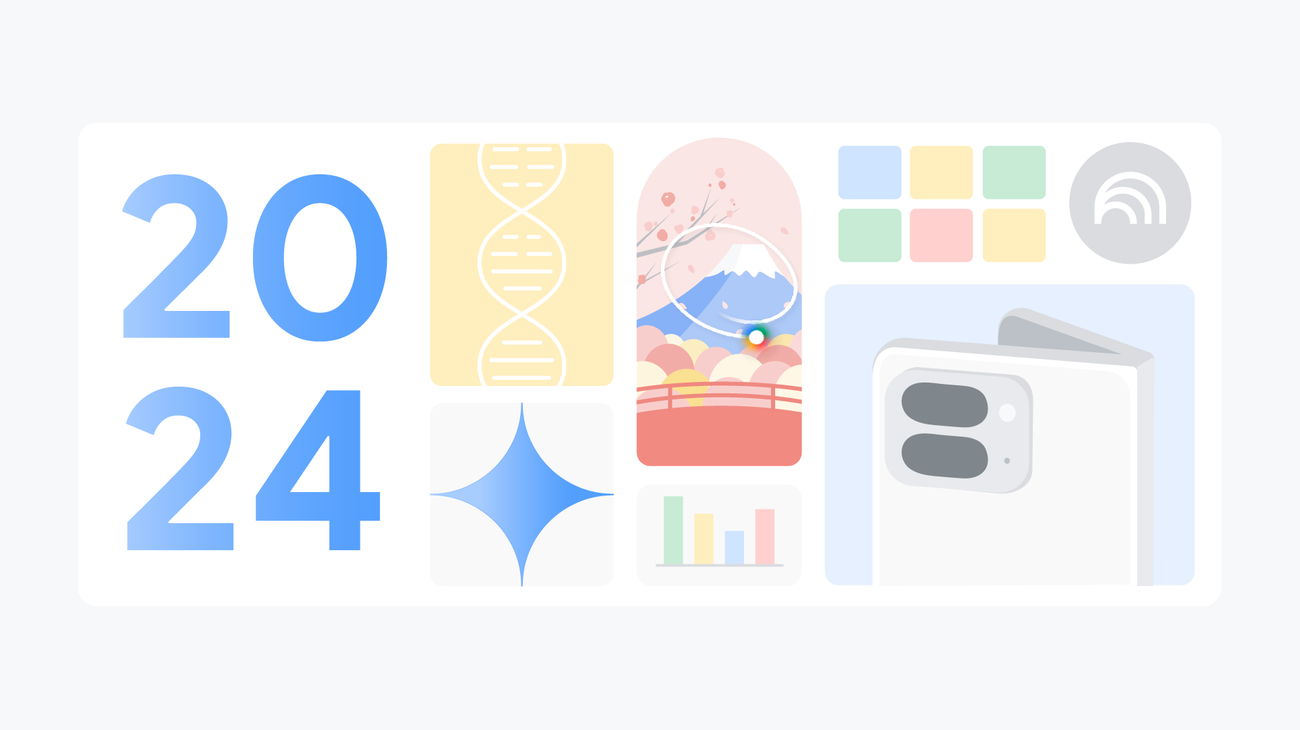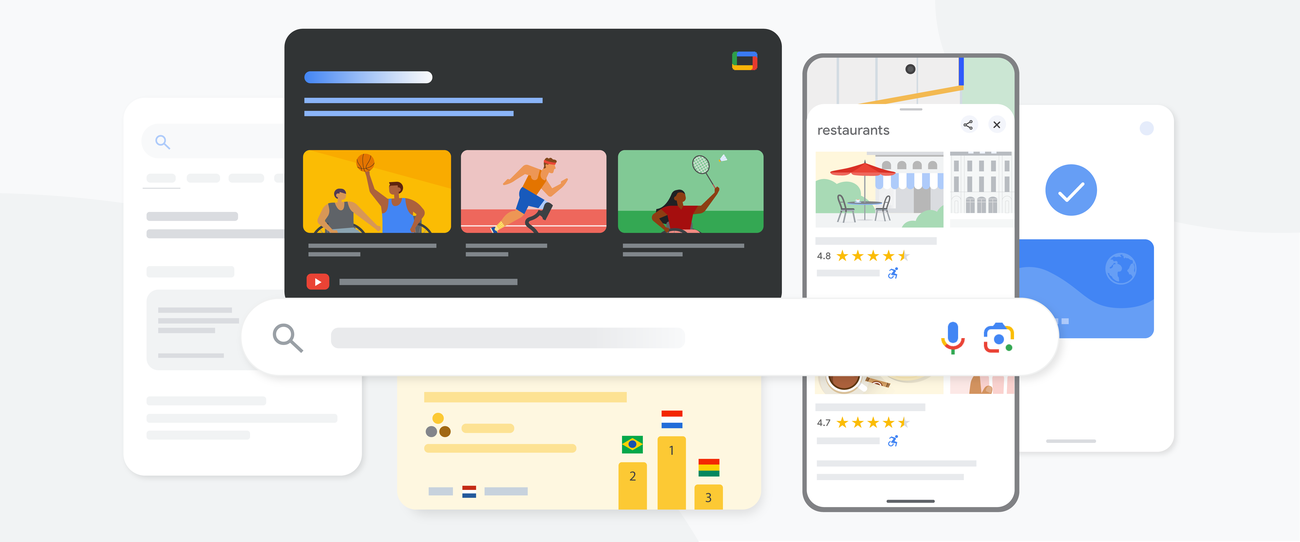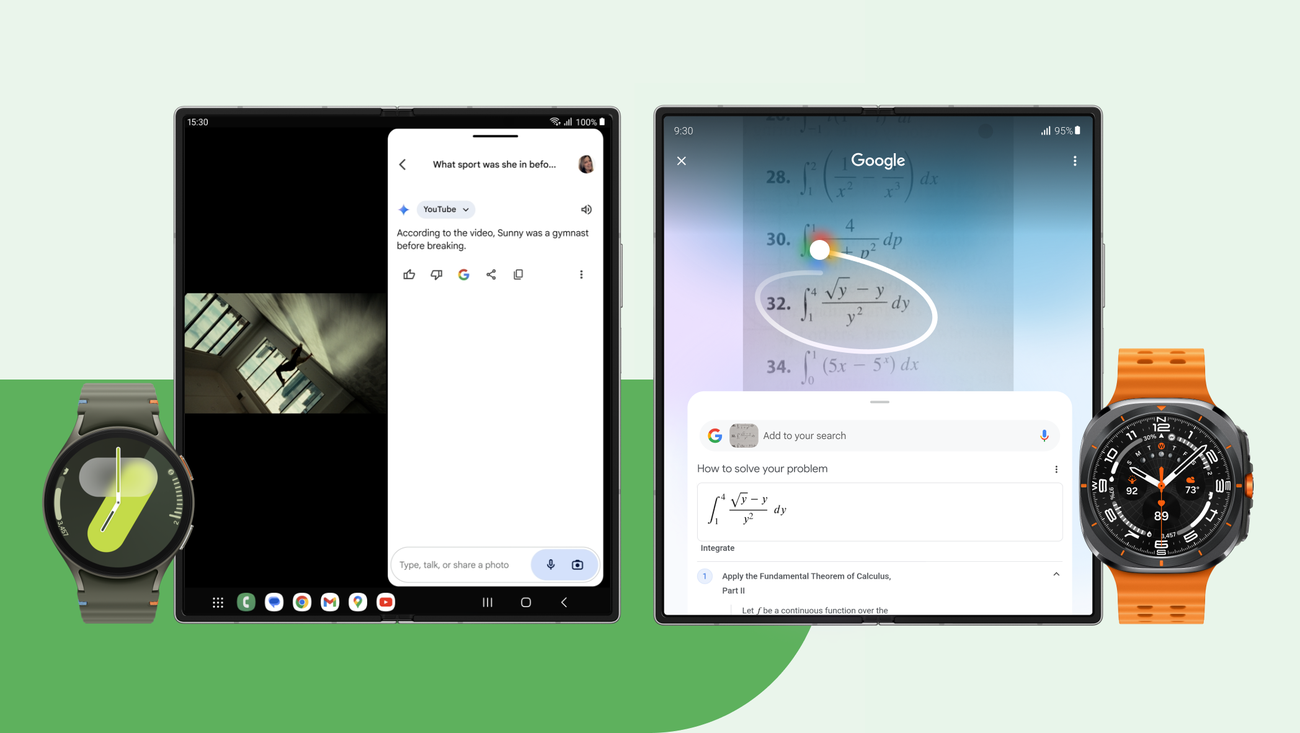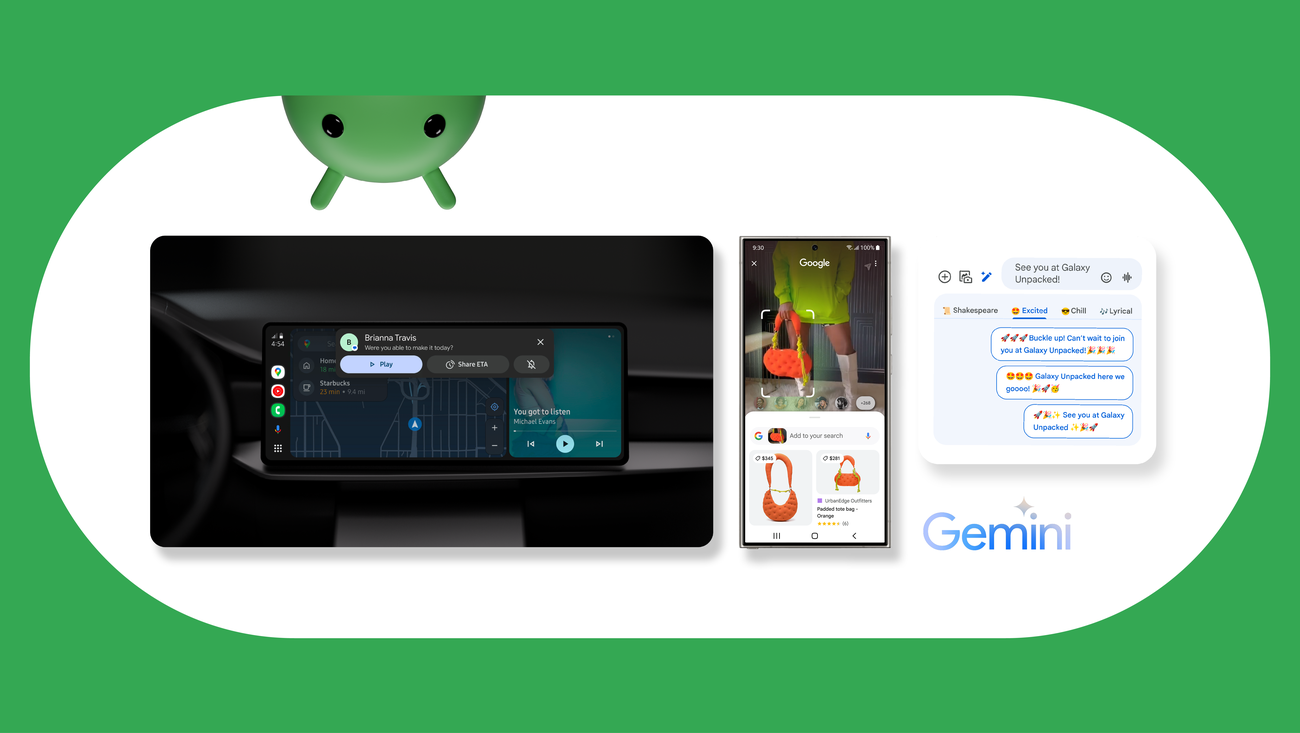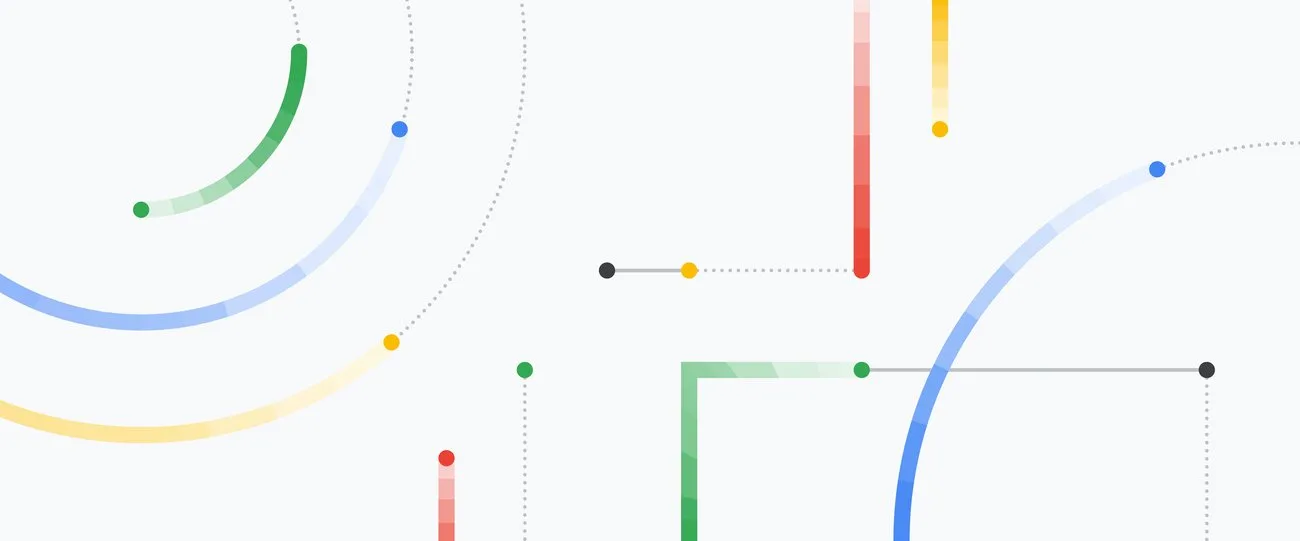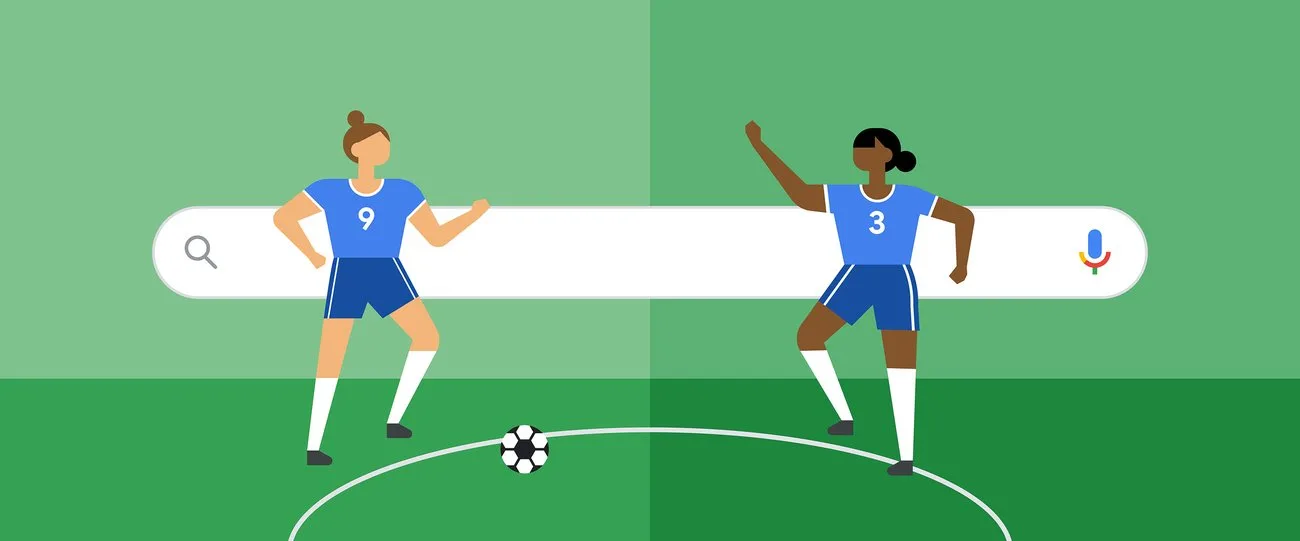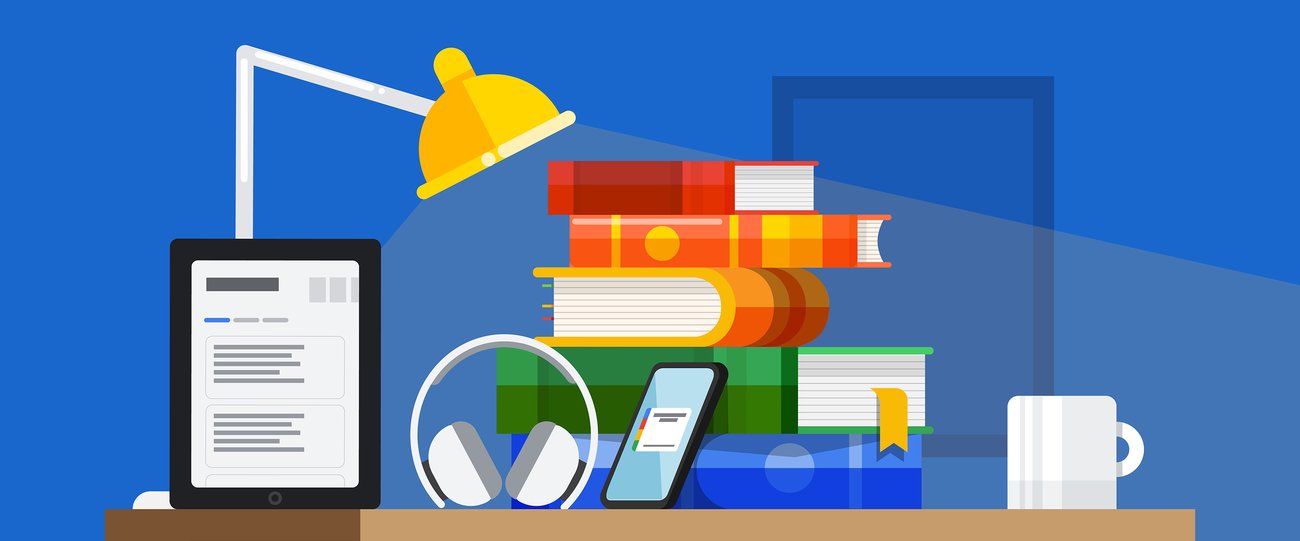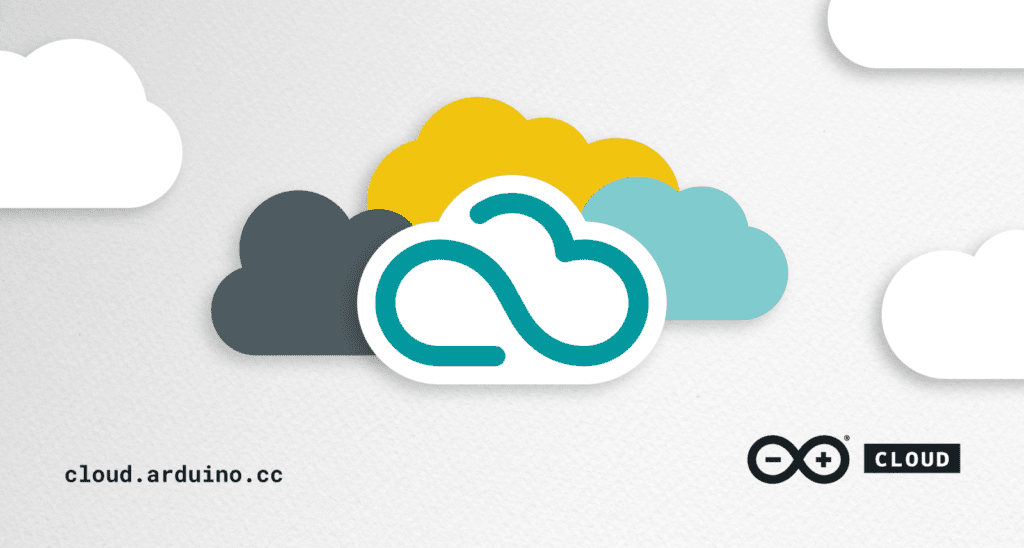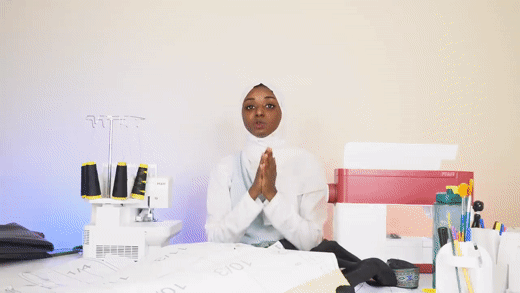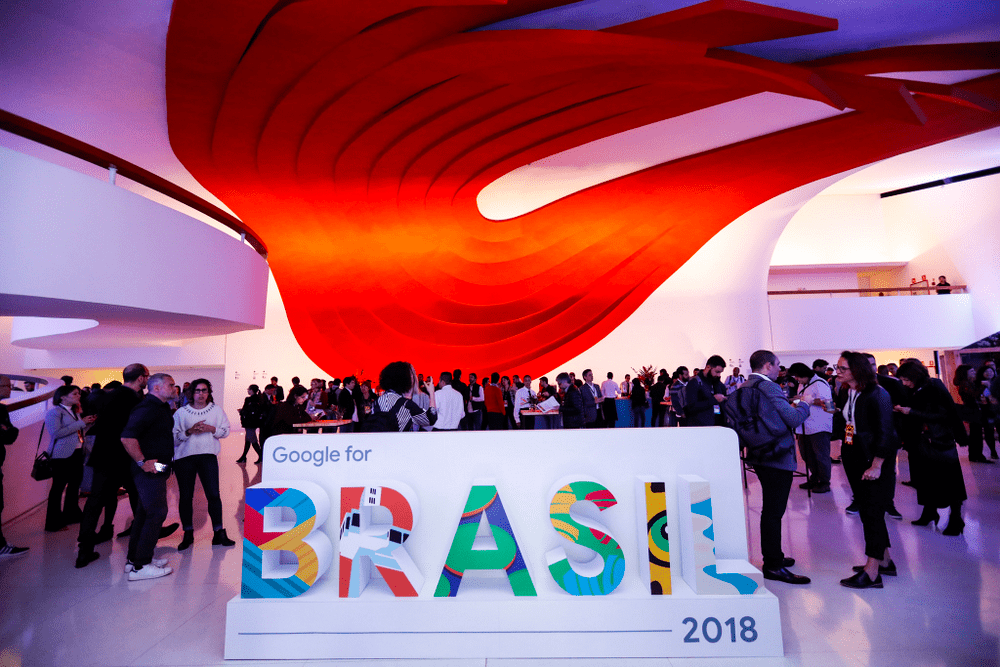Schlagwort: Search
-

How well do you know our I/O 2025 announcements?How well do you know our I/O 2025 announcements?Contributor
Reading Time: < 1 minuteTake this quiz about Google I/O 2025 to see how well you know what we announced this year at I/O.Take this quiz about Google I/O 2025 to see how well you know what we announced this year at I/O.Website: LINK
-

The latest AI news we announced in MayThe latest AI news we announced in May
Reading Time: < 1 minuteHere are Google’s latest AI updates from May 2025Here are Google’s latest AI updates from May 2025Website: LINK
-

All the Android updates coming to the Samsung Galaxy S25 series and moreAll the Android updates coming to the Samsung Galaxy S25 series and moreSenior Director, Global Android Product Marketing
Reading Time: < 1 minuteLearn more about the Google and Android updates announced at Galaxy Unpacked.Learn more about the Google and Android updates announced at Galaxy Unpacked.Website: LINK
-

New Circle to Search updates make it even easier to find information and get things done.New Circle to Search updates make it even easier to find information and get things done.Product Manager
Reading Time: < 1 minuteLast year, we introduced Circle to Search to help you easily circle, scribble or tap anything you see on your Android screen, and find information from the web without s…Website: LINK
-

60 of our biggest AI announcements in 202460 of our biggest AI announcements in 2024
Reading Time: 6 minutesRecap some of Google’s biggest AI news from 2024, including moments from Gemini, NotebookLM, Search and more.Recap some of Google’s biggest AI news from 2024, including moments from Gemini, NotebookLM, Search and more.Website: LINK
-

7 ways to keep up with the Paralympic Games Paris 2024 on Google and YouTube7 ways to keep up with the Paralympic Games Paris 2024 on Google and YouTube
Reading Time: < 1 minuteSome of the world’s greatest athletes are headed to Paris for the Paralympic Games. And with features across Search, Maps, YouTube and more, you can experience the action wherever you are. 1. Stay up-to-date on what’s happening with Search Celebrate the Paralympic Games through daily Paralympic Doodles and features which help…
-

4 Google updates coming to Samsung devices4 Google updates coming to Samsung devicesSenior Director, Global Android Product Marketing
Reading Time: < 1 minuteNew Circle to Search capabilities, Wear OS 5 and more are coming to Samsung’s latest devices.New Circle to Search capabilities, Wear OS 5 and more are coming to Samsung’s latest devices.Website: LINK
-

6 Android experiences to see at MWC Barcelona6 Android experiences to see at MWC BarcelonaSenior Director, Global Android Product Marketing
Reading Time: < 1 minuteWe’re sharing six experiences to check out at MWC 2024, including our latest AI technologies and multi-device experiences.We’re sharing six experiences to check out at MWC 2024, including our latest AI technologies and multi-device experiences.Website: LINK
-

Improvements to using Spanish in Search and GboardImprovements to using Spanish in Search and GboardStrategic Partner Development Manager, Google
Reading Time: 2 minutesWe’re integrating the Spain Royal Academy of Language lexicon into Gboard and their dictionary into Search.We’re integrating the Spain Royal Academy of Language lexicon into Gboard and their dictionary into Search.Website: LINK
-

Never miss a moment of the FIFA Women’s World Cup™Never miss a moment of the FIFA Women’s World Cup™Soccer Enthusiast
Reading Time: 2 minutesFind exciting videos on YouTube There are even more ways to watch the biggest moments throughout the tournament on YouTube. Sport fans can catch up with full length highlights, recaps and clips on the YouTube channels of official tournament broadcasters all over the world, plus FIFA will celebrate the greatest moments of…
-

Celebrate International Women’s Day and Women’s History Month with GoogleCelebrate International Women’s Day and Women’s History Month with GoogleGlobal Head of Women’s Community & Programs
Reading Time: 2 minutesUse digital tools to grow and thrive Search interest in “cost of living” reached a 10-year high in the U.S. in 2022, as many people continue to find new ways to manage financial uncertainty. For women in the United States looking for information about financial assistance, including federal government benefits like the…
-

13 tips to help you read more books this year13 tips to help you read more books this yearContributor
Reading Time: 2 minutes“How to read more books” became a breakout search term over the past five years, reaching an unforeseen spike in April 2022 and rising again with the new year. It’s also a goal that might be surprisingly more complicated to pull off than it sounds. Between finding the time, choosing titles you’ll…
-

5 ways to bring in the Year of the Rabbit with Google5 ways to bring in the Year of the Rabbit with GoogleMultifamily Success Manager, Google Fiber
Reading Time: < 1 minuteHappy Lunar New Year! Here’s how you can use Google products to celebrate the Year of the Rabbit or Year of the Cat.Happy Lunar New Year! Here’s how you can use Google products to celebrate the Year of the Rabbit or Year of the Cat.Website: LINK
-

Driving growth in the Middle EastDriving growth in the Middle EastManaging Director, Google MENA
Reading Time: 4 minutesThe Nest is an online store that offers curated handcrafts from Egypt, from home accessories to fashion and furniture. When the pandemic started, founders Dina and Omar had to close their physical showroom, which used to drive 90% of their sales. They listed their business details on Google Maps and Search, promoted…
-

Tips from the people behind your favorite Google productsTips from the people behind your favorite Google products
Reading Time: 5 minutesI’m one of those people who always cuts it close at the airport—it’s a race through security, with just enough time to grab the airline essentials: water bottle, magazine, a soft pretzel if I’m lucky. But I just learned that I can whip out Google Maps to find my way around the…
-

Google for Brazil: Technology that serves people’s needs, wherever they may beGoogle for Brazil: Technology that serves people’s needs, wherever they may be
Reading Time: 5 minutesIt’s a constant challenge to ensure that technology works well for people with different needs around the world, especially where connectivity is limited and basic smartphones are the main gateway to the internet. Today, at our second annual Google for Brazil event in São Paulo, we shared updates on how we’re making…
-

Six ways Google can keep you up to speed in PyeongChangSix ways Google can keep you up to speed in PyeongChangProduct Manager
Reading Time: < 1 minute5. Get your head in the game with the Assistant Your Google Assistant can help you stay up to date throughout the games. Curious about winners? Just say “Hey Google, who won women’s 1000 meter speed skating in the Olympics?” Rooting for a specific country? “Hey Google, how many medals does…
